- Domov
- In the spotlight: Marjon Peuteman
In the spotlight: Marjon Peuteman
08/03/2023 - 00:00
For 30 years, TerraCottem is used in diverse planting projects in more than 40 countries. TerraCottem is mainly known in the professional market- Yet it is still in its infancy as far as hobby gardeners are concerned. With spring approaching and the green fingers that start to itch, we wish to change this.
Super harvest in the vegetable patch despite prolonged drought and heat.
Marjon Peuteman, aka de_tuinfee (garden fairy) on Instagram, wrote the following to us last summer:
“I am gardening on a very light sandy soil. To my great satisfaction I have been using your product for many years. When I talk about this to other hobby gardeners, few seem to know you. That is a pity. I see the fantastic results I achieve, even in this bone-dry summer, with minimal watering. Now that water saving is becoming increasingly important, I think it's the ideal time to make your product known to hobby gardeners.”
We happily accepted Marjon's offer and had a nice chat with her about her passion: gardening and more specifically her vegetable garden.
Who is the garden fairy?
On my mother's side, I come from a family of horticulturists. My grandfather grew vegetables and my grandmother then sold them in her shop. I have never known my grandfather, because he died early, but for sure he passed on his genes to me. I have always loved gardening, since I was a toddler. When I was 4-5 years old, I asked my parents to replace the sand in my sandbox with potting soil and started sowing radishes. Since then, I have been obsessed with gardening, both flowers and the kitchen garden. A former helper of my grandfather, who got very old, taught me all about the vegetable patch. Three years after I got married, we bought a house with a garden. That's when I went all out with my own garden and vegetable garden, which I expanded over the years. Today, my vegetable patch is about 250 m².
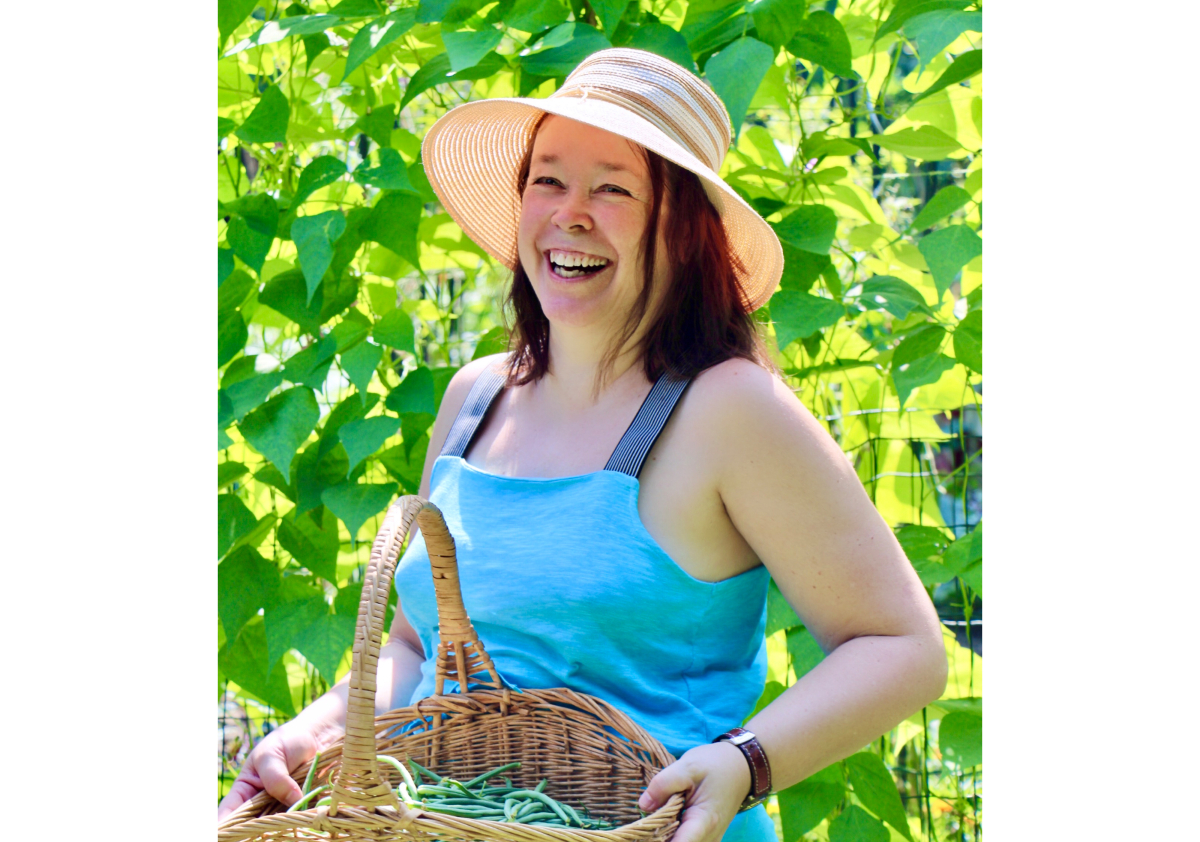
My great passion is growing tomatoes. I have a wide range of varieties. I mainly choose those that are phytophthora-resistant, but I also grow some other varieties like Coeur de Boeuf and Sungold because they taste so good. For my potatoes, I choose only phytophthora-resistant varieties.
I also cultivate lettuce, celery, beans, cucumbers, onion, shallot, garlic, elephant garlic, carrots, parsnips, leeks, courgettes, aubergines, chillies and peppers. My vegetable patch also includes some low-trunk fruit trees and lots of small fruits such as gooseberries, red and white berries, blackberries, raspberries, strawberries and wild strawberries. My herb garden contains a whole assortment of herbs. I don't have a greenhouse, I grow everything outside.
I am a lawyer by education and work as an insurance consultant. It was always clear that I would not turn my passion into a profession. It is a hobby. But I do put a lot of time into it.
Because an edible garden is a lot of work. If you leave it for a few weeks unattended, it’s too much work to get it back in shape. I go on holiday for a fortnight once a year. But I plan my holidays carefully, when there is not much to do in terms of weeding and planting.
Fortunately, I also have friendly neighbours who are kind enough to water the garden when needed during my absence and pick the ripe vegetables and fruits.
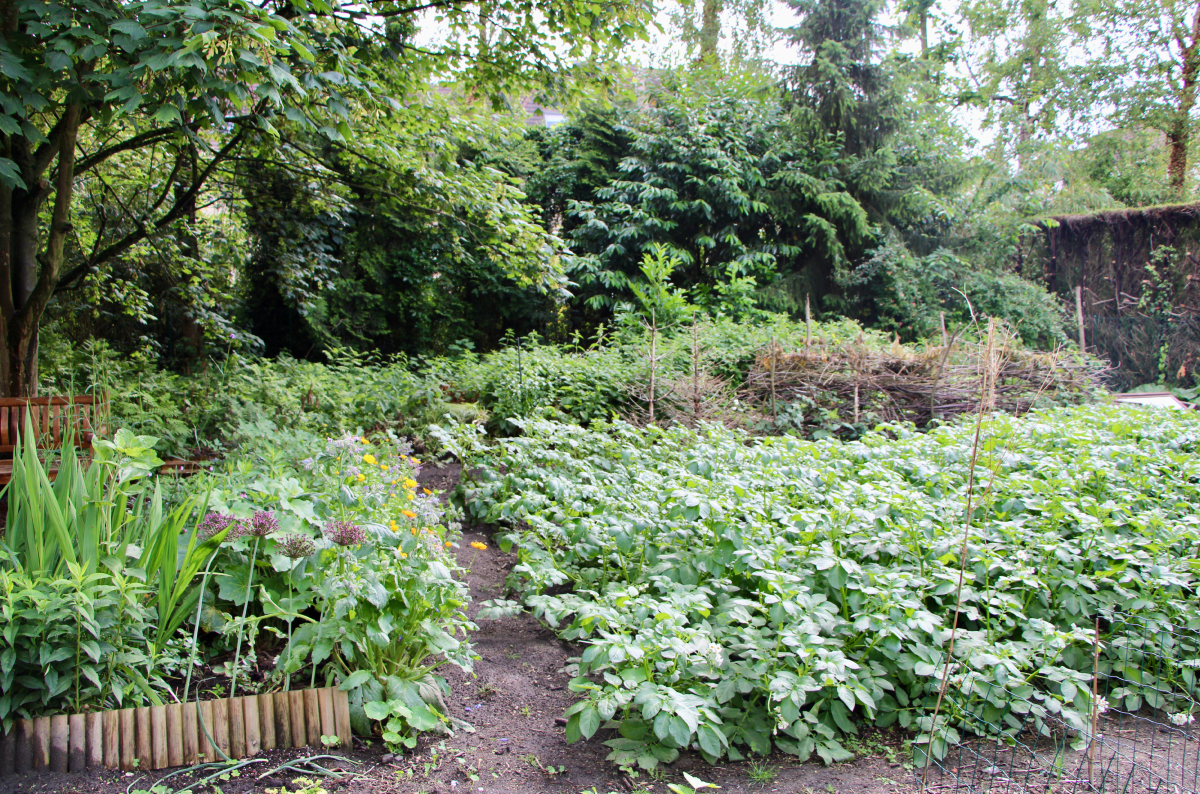
So you're tied to your vegetable garden?
Indeed I am. I never go on holiday in August and September, because that is the peak time: all sorts of things need to be harvested. I usually go on holiday early July. That’s a relative calm period for my kitchen garden as harvesting is limited. And if something is ready to be harvested, my neighbours come to pick it and get to eat it.
I also process everything myself. For example, I make my own passata from my tomatoes. My cellar is full of jars of passata. So, I really want to be there when the tomatoes are harvestable.
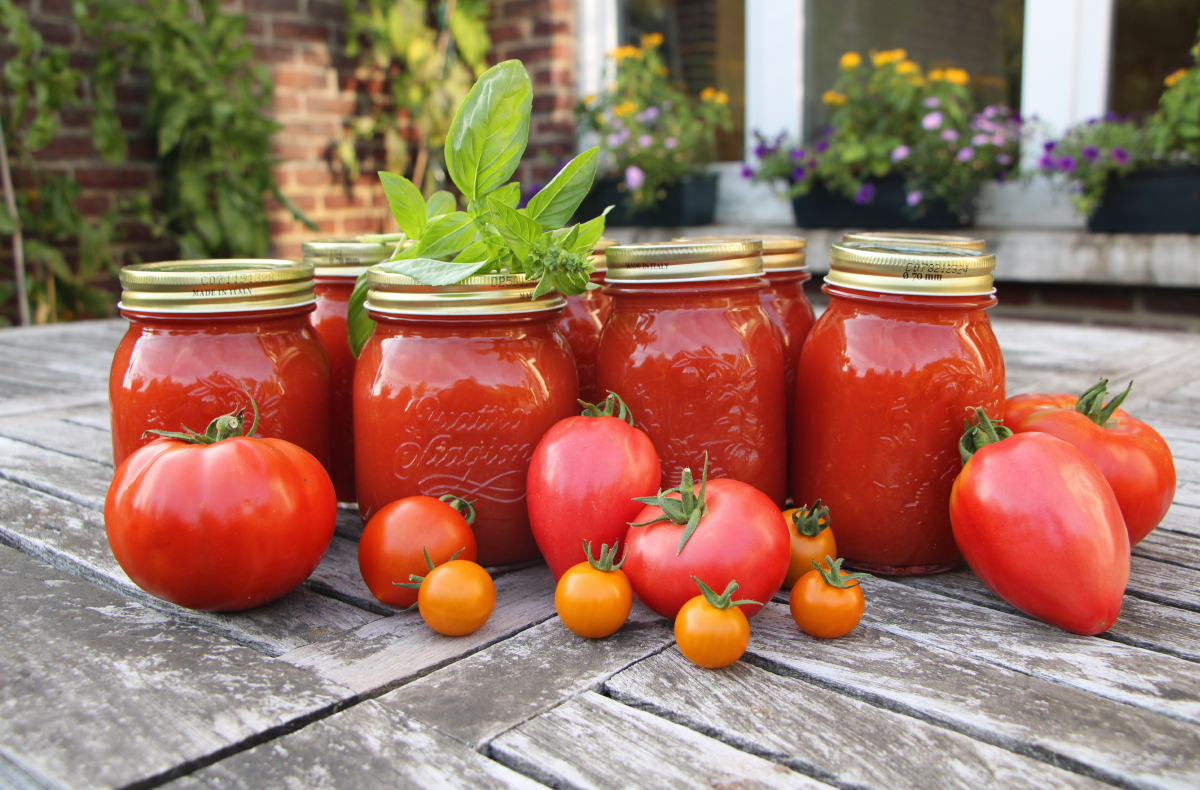
Do you recommend people to set up a kitchen garden?
Yes, I always do. I consider myself a bit of a gardening missionary. I try to convince everyone, even if they only have a terrace. Or even if it's just to put a tomato plant in a pot. I grow all my tomato plants myself from seed. Every year I have too many and I hand them out to colleagues and friends.
For my neighbour's birthday, I planted an herb garden in her backyard. I asked her if she would like this and she was very keen. I chose the most common herbs, taking into account what she uses most often in the kitchen. The herb garden has become very beautiful and is a success. I enjoy it too, as I can see it.
Do you plant the same thing every year or is there variation?
I usually plant the same things. Once in a while I try something new. But it doesn't always work out. Because of my sandy soil, cabbages don't grow well here. Red cabbage never grows bigger than a tennis ball. I also don't grow things what we don't eat. In my family nobody likes spinach, so there is no use of growing it. I am the only one who likes pumpkin soup and since pumpkins take up a lot of space, I don't grow them either. I limit myself to vegetables that can thrive here, in combination with things we all like.
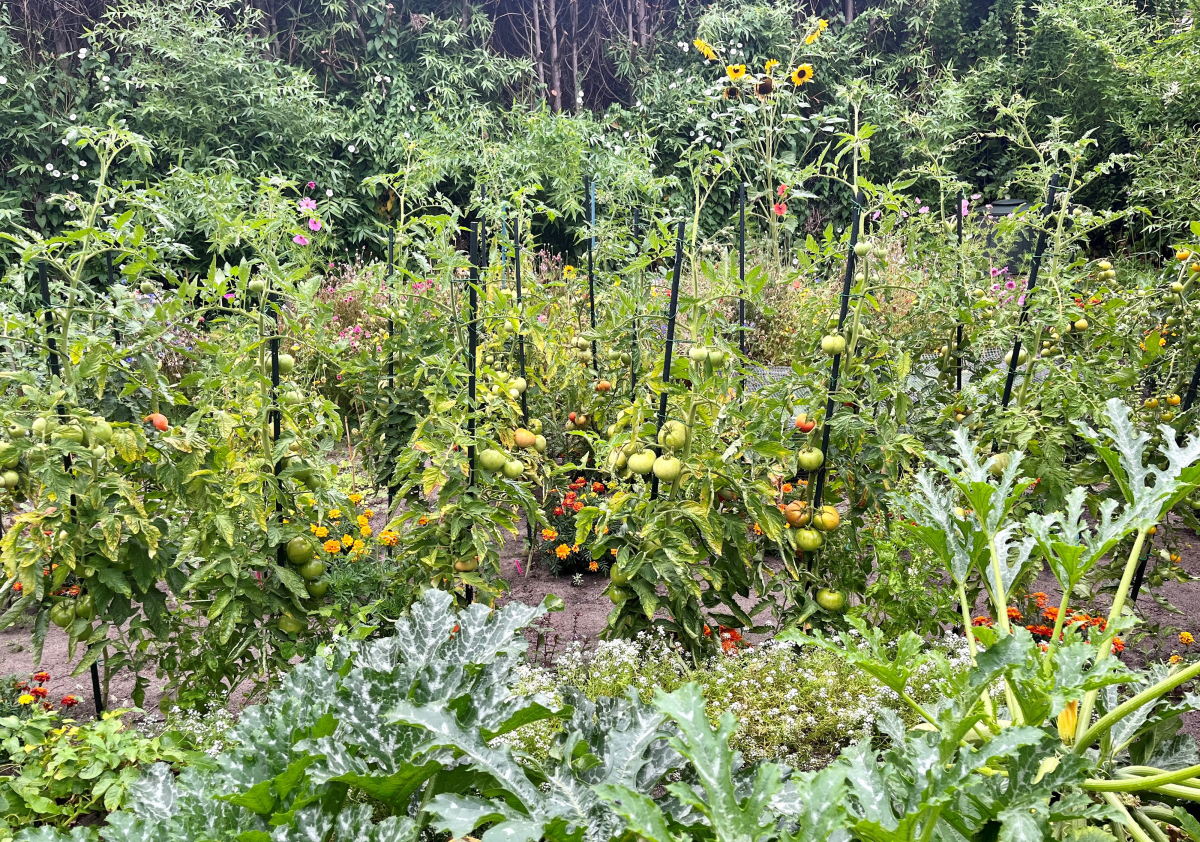
What is your biggest challenge?
Because of that light sandy soil, drought is my biggest challenge. When it's a dry summer, it basically is like the Sahara here: when the wind blows, the sand dusts. I don't have a cistern and can't collect rainwater. So I have to use tap water. I try to limit that as much as possible because it is not responsible. And it is costly. Things I grow in pots and containers, both vegetables and flowers, I do water, of course. I use TerraCottem to reduce the need to water . I have tomato plants in my vegetable garden but also have some in pots on my patio.
However, I try to limit watering in the food garden as much as possible. Tomatoes in my food garden never get watered. They are watered only once, when planted. I do apply TerraCottem in the planting hole. Those tomatoes then develop very long roots and find their own moisture. They really have metre-long roots when I take them out of the ground at the end of the season. Ditto for my potatoes, which take up a big chunk of the food garden. It's a hopeless task to water them. I also work TerraCottem into the soil and then I plant my potatoes. This summer was very hot and dry. On the news you could hear farmers complaining about the harvest. I, on the contrary, had never harvested such beautiful potatoes before: giant potatoes and beautiful plants.
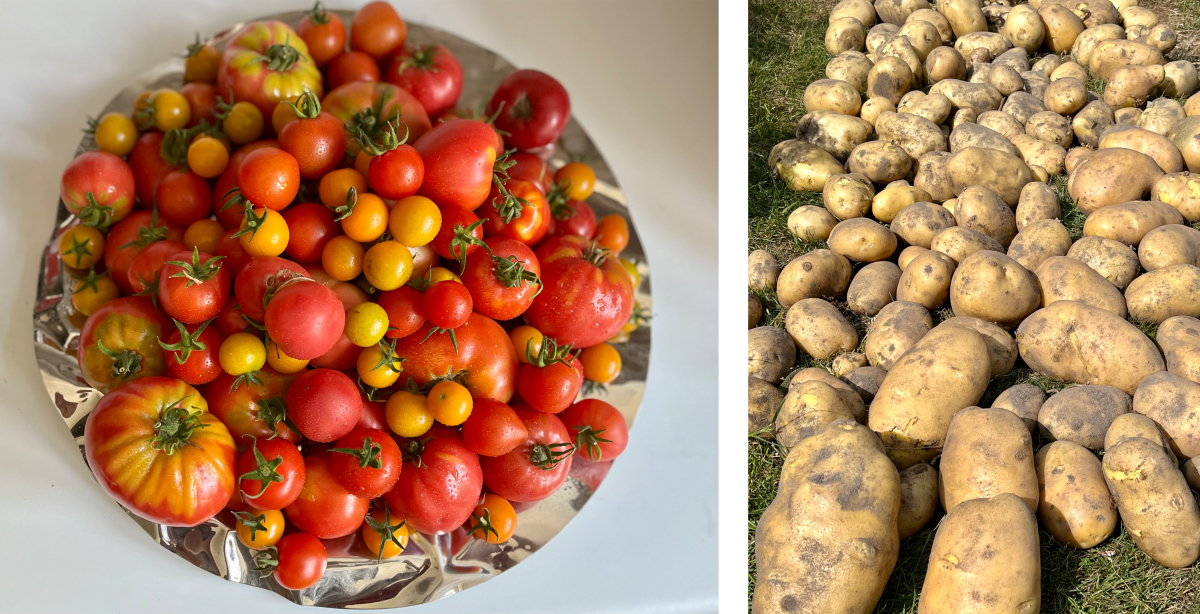
Even my leeks and celery, plants that need huge amounts of water, were watered only a little and I still had very beautiful plants.
| Coincidentally a few days after this interview, Marjon received her water bill: |
|---|
"I just wanted to let you know that I got my water bill: in 2022 I consumed 18% less than in 2021.
While the summer of 2022 was scorching hot and bone dry and that of 2021 was soaking wet.
So I can only attribute this saving to the extended application of TerraCottem in 2022 compared to previous years."
When you rotate the potatoes, do you use TerraCottem every single time?
Indeed, I use TerraCottem every time until eventually there is TerraCottem everywhere. And of course, the used soil from my pots goes into my compost barrels. And so TerraCottem recycles back into the soil of my the vegetable garden.
How did you learn about TerraCottem?
I think it was my father actually who told me about it when it became commercially available. "Oh, look that's interesting" he said. Years later, when I was browsing, I came across TerraCottem and thought:
“TerraCottem... that rings a bell... With my dry sandy soil, that's ideal for me”.
Besides your kitchen garden and flower pots, do you use TerraCottem for other things?
I use it in my ornamental garden for my roses and perennials. With every new planting, I always put TerraCottem in the planting hole. And also in all my flower boxes.
Which TerraCottem package do you buy?
The 5 kg tub. I usually buy 1 tub per season. I use up quite a lot because I also have window boxes and pots. I don't have a car and carrying it by public transport would be inconvenient. Hence, I order it online. That's easy.
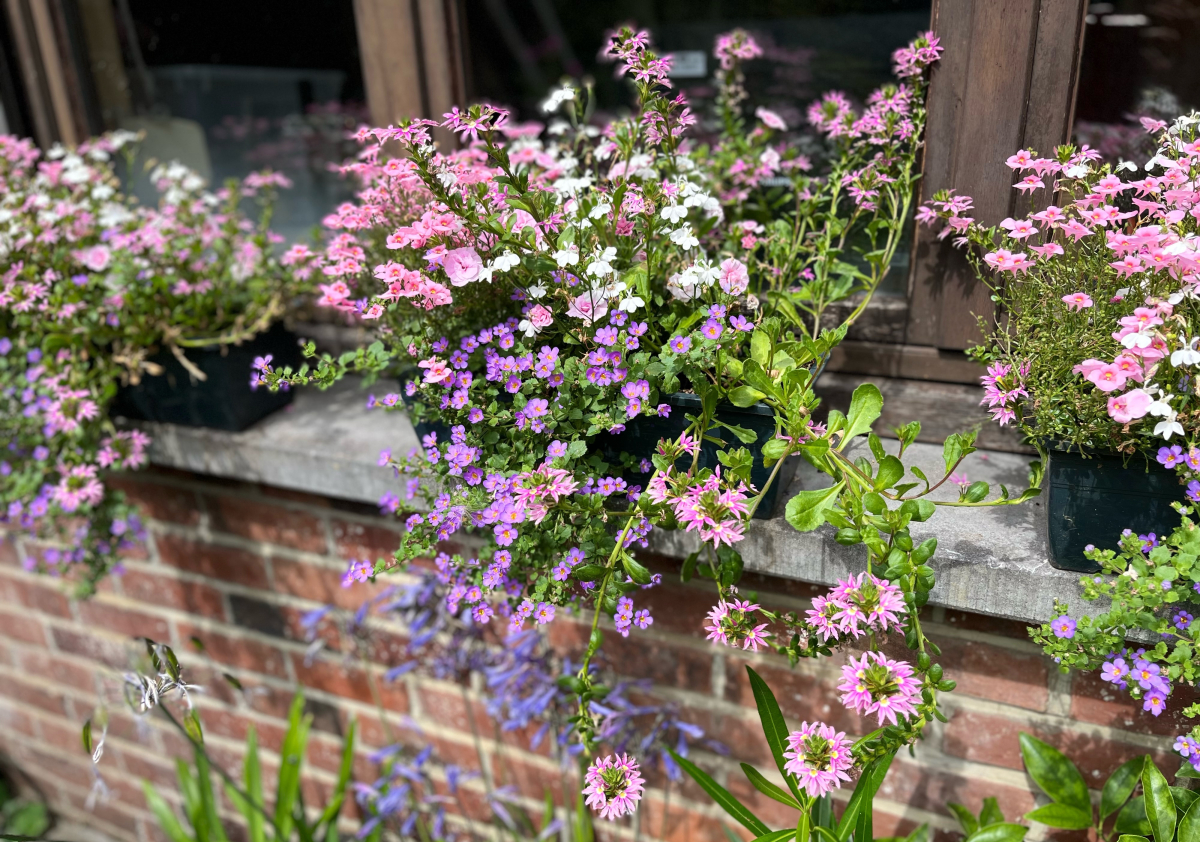
What other products do you use in the vegetable garden?
I use my own compost, guano and seaweed extracts.
I also practice what is called "companion planting". This is combining plants that thrive together: they have a good influence on each other. A symbiotic effect. For example, combining carrots and onions repel both carrot and onion flies. I plant lots of Tagetes to limit nematodes which cause soil fatigue. I plant basil next to my tomato plants to avoid whitefly. Nasturtium and calendula I use as trap plants for aphids and I also have lots of native flowers to attract pollinators and other beneficial insects such as ladybirds.
As a result, I have very little pest and disease problems and do not need to use pesticides.
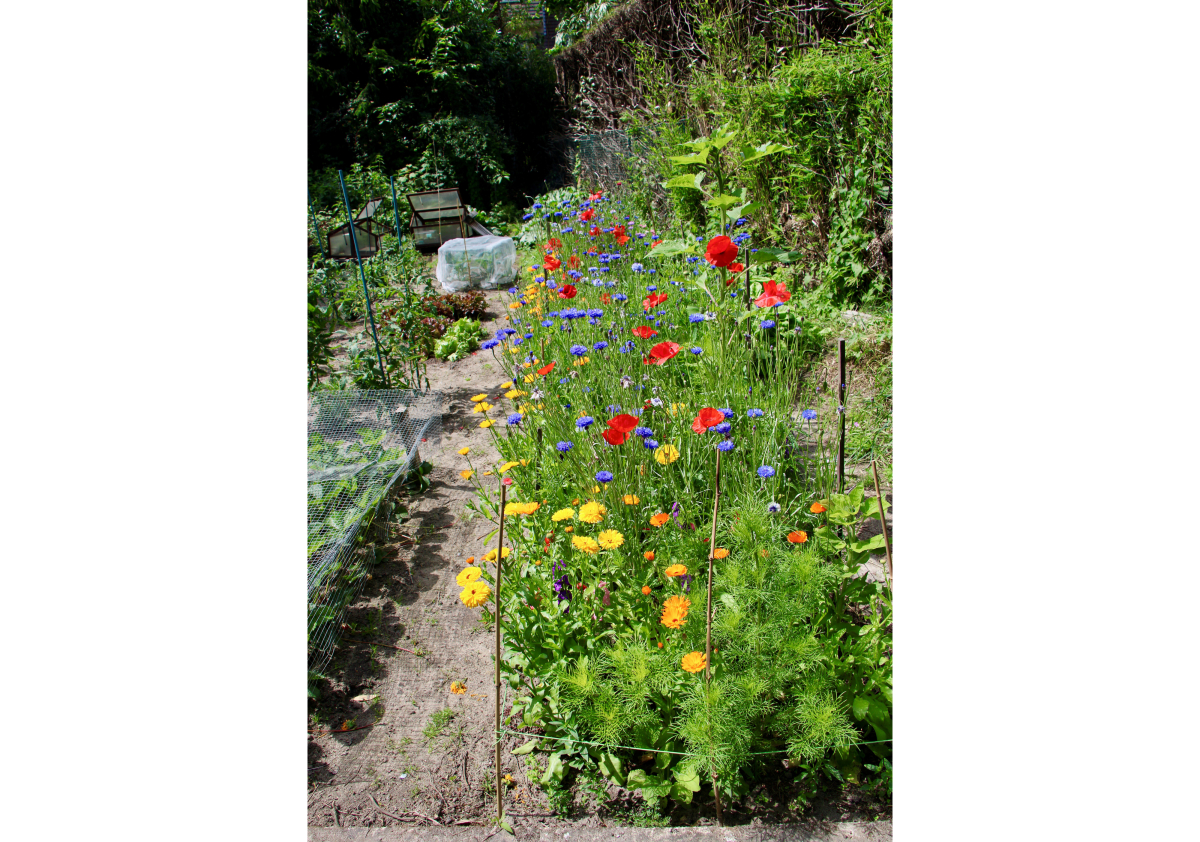
What are your tips for people starting a food garden?
- Don't go too big at the start. Start small. If it works out, you can always expand.
- Choose the vegetables you like best.
- It’s best to have a limited number of varieties, but in sufficient volume so you have enough to eat. There is no point in growing one bean, three carrots and one leek. You cannot prepare a decent meal with this.
- Do not set the bar too high in the beginning and choose crops that are easy to grow and give quick results, and not, for instance, asparagus from which you can only harvest after three years.
- And don't get discouraged if something fails, because that is also part of the game.
- I would recommend tomatoes to anyone. Nothing compares to a homegrown tomato, not even a tomato from the organic shop. A freshly picked, sun-ripened tomato that is just scrumptious!
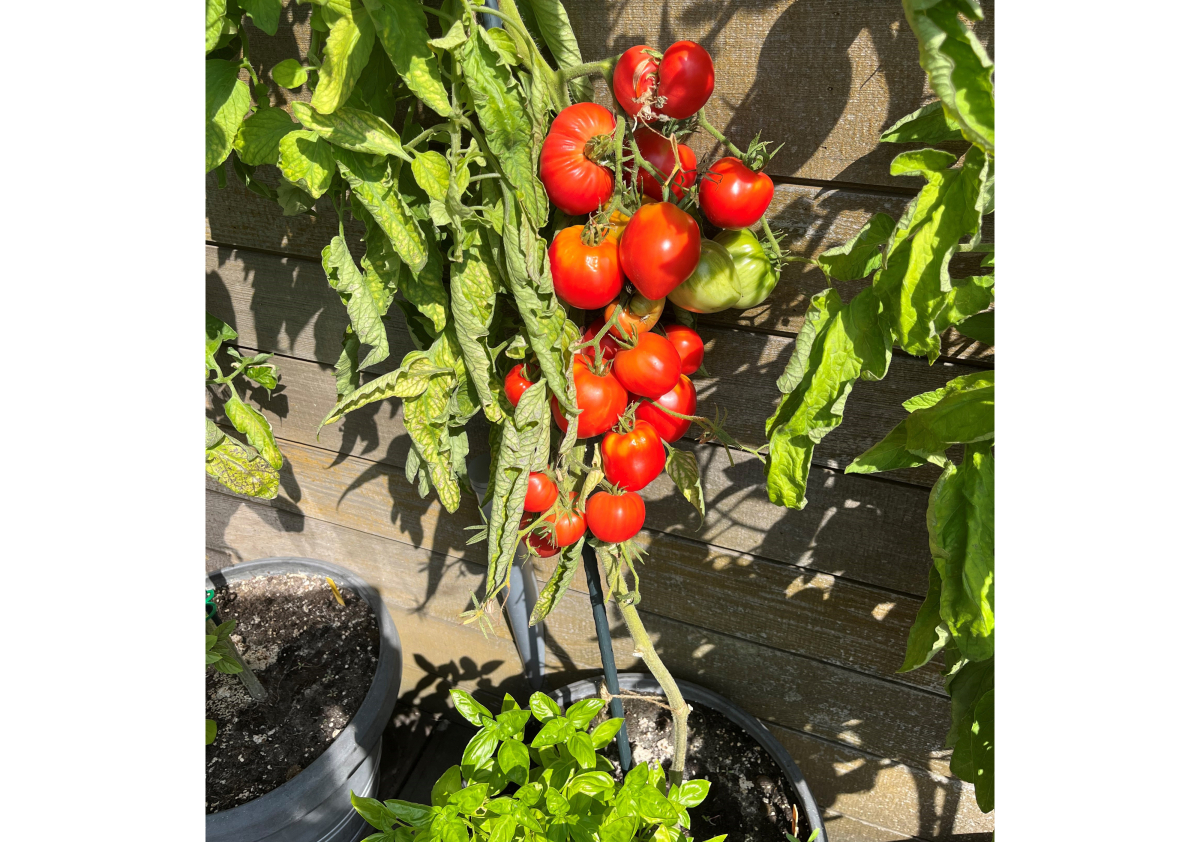
Do you also have a question for Marjon?
If you know someone who would also like to read this article, feel free to share:
Would you like to be in the spotlight too?
You can!
Send a quick email to marketing@terracottem.be and we will schedule an online meeting together.
Would you like more information?
Contact usWould you like more information?
Contact usTerraCottem Intl. SL
Apartado de Correos 4511190 Benalup (Cádiz)Spain


